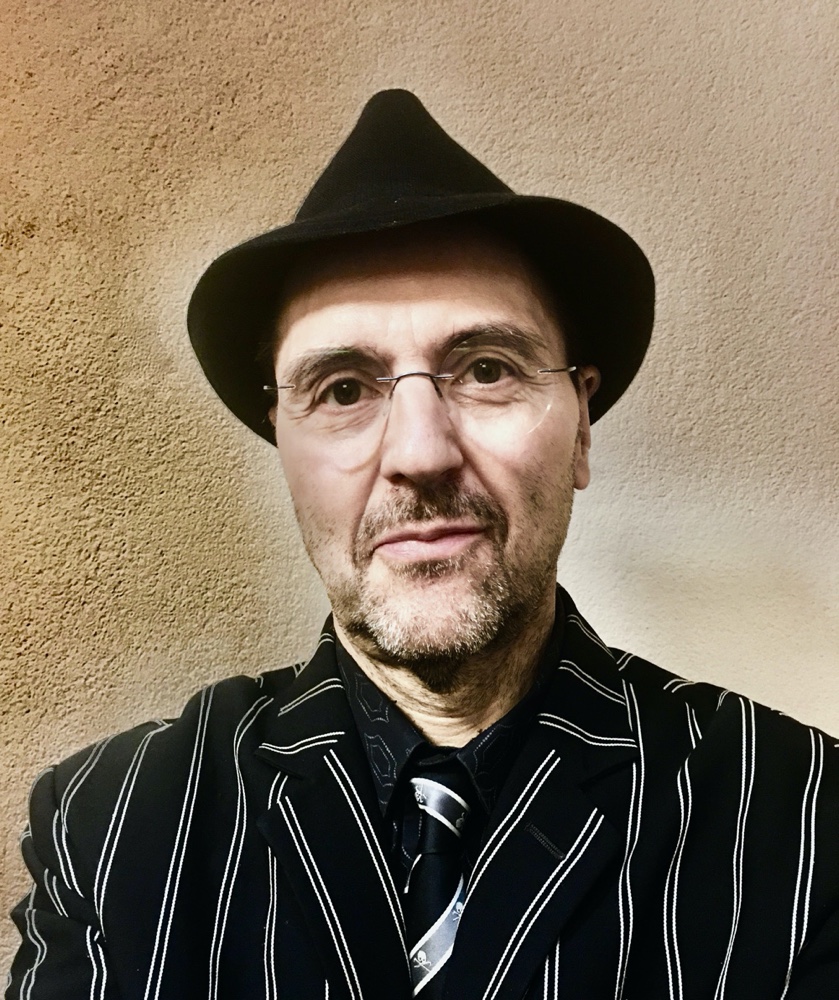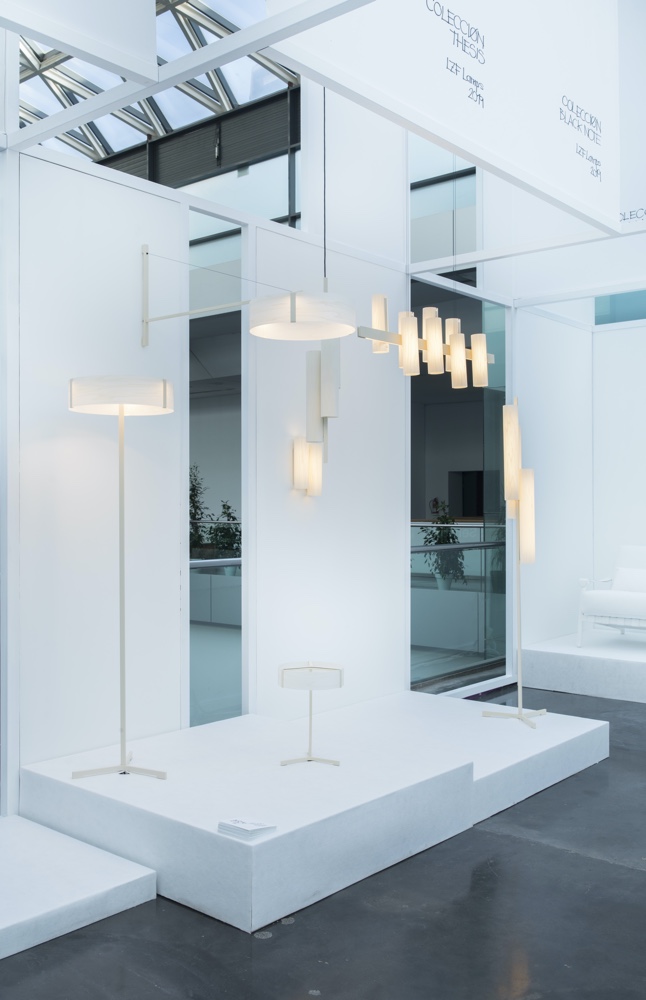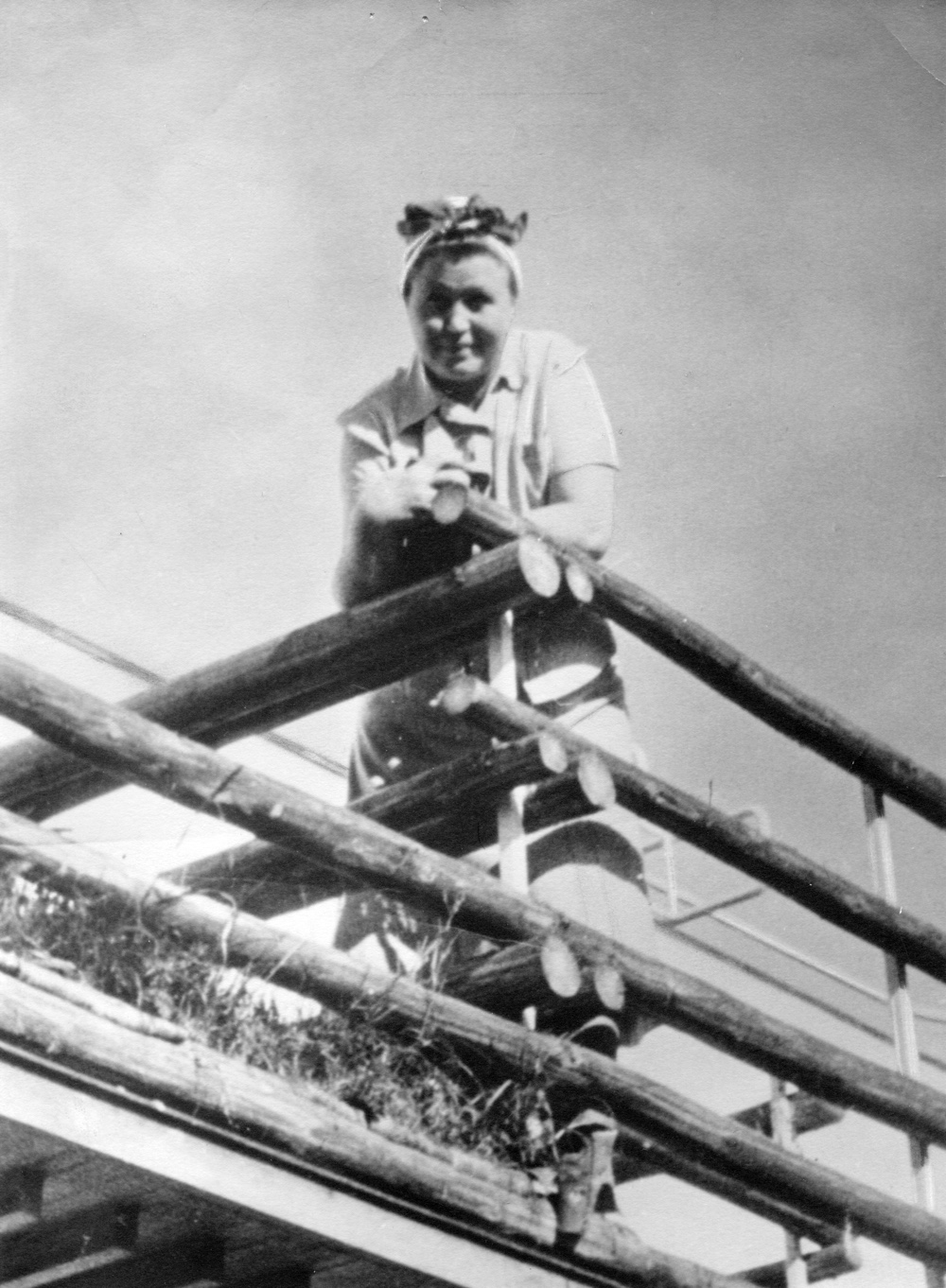Pablo Fuentes is a photographer with a knack for capturing real-life people and places. His candid images show life as it is: on the street, in communities and public settings. Taking pictures mainly in black and white, Pablo’s photography feels instinctive and emotional, and has a palpable urban vibe. His work tells a story, through portraits that are intimate and personal, without intruding on the lives of those in focus.

Photo © Pablo Fuentes.
In a recent photoshoot for LZF, Pablo captured the new Mini Chou in several contemporary settings. A lamp for modern-day living—perfect in a range of environments—the Mini Chou’s flexibility, autonomy, colour and style presented Pablo with the opportunity to show this versatile light in different ways.

The Mini Chou was designed by Yonoh Creative Studio. It is handmade by LZF in Valencia. Photo by Pablo Fuentes for LZF.
Pablo Fuentes is an intriguing photographer. Eager to know more about his work, LZF put a number of questions to him.
As a photographer, what are you curious about?
(PF) I am curious about the light, portraits of people, the urban landscape, nature and objects. Sometimes I like to see myself in a shadow or reflection that I’ll photograph in the form of a self-portrait. As the Portuguese poet Fernando Pessoa once wrote: ‘Life is what we make of it. Travel is the traveler. What we see isn’t what we see but what we are.’
Many of your photos picture everyday people in urban environments. What inspires these images?
(PF) Yes that is true. Life happens around us everyday. My photos are a dialogue with what I see, my way of understanding reality. In what we see, there is a part of us.

Photo © Pablo Fuentes.
Your work strikes me as being instinctive—even gritty—where you appear to capture life as it happens. Is this a fair comment? Can you say more.
(PF) Of course, but there is a search—I have an awareness and an objective when photographing what I see. It is not just by chance and instinct, but I find what I am looking for. Through the camera I exercise my gaze, capturing life as it is.
You seem to use a lot of black and white photography. Why is that?
(PF) When I first saw the works of a number of the great master photographers, I was surprised by their black and white images. Photographers such as Robert Frank, Walker Evans, Lee Friedlander, Helen Levitt, Bernard Plossu and Paul Strand, are among the many that come to mind. In some way, black and white gives an image an air of mystery. Where something in an everyday scene appears simple, when viewed in black and white it brings us closer to a cinematic style of staging and to art in general. I don’t rule out the use of colour later—it’s something that I would like to investigate further.

Photo © Pablo Fuentes.
Tell me about the inspiration behind your recent photo shoots for LZF, where you show the Mini Chou in two very different settings and contrasting moods.
(PF) The Mini Chou is a lamp that allows you to go anywhere. Because of this, I was able to use the Mini Chou in places where it could easily be introduced into different settings, giving the scene a sense of theatre and an intimate atmosphere. In fact, I imagined the Mini Chou in the theatre, used by an attendant showing me to my seat.
The Mini Chou evokes the image of other places, such as Japan and a tea ceremony, or a late afternoon at the beach with friends. I like it because it’s a lightweight and easily transportable lamp, that creates a relaxed, intimate, warm and pleasant atmosphere.
Where will your camera take you next? What’s on the horizon?
(PF) That’s a hard question to answer—it is difficult to be a photographer today. For an image to endure, a photographer must be attentive, especially as we are bombarded by images that are ephemeral in nature.
For me, photography is a way of seeing and transmitting reality. As an artist, I wish to convey something that makes sense through an image. On the other hand, photography has always brought me a lot of good surprises. As the Spanish photographer Alberto García-Alix once said: ‘a way of seeing is a way of being.’

Photo © Pablo Fuentes.

Photo © Pablo Fuentes.

Photo © Pablo Fuentes.
Check out Instagram to see more of Pablo’s photography.














